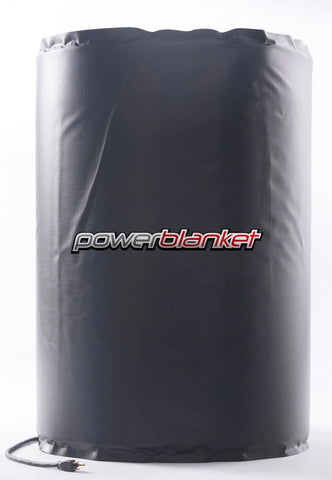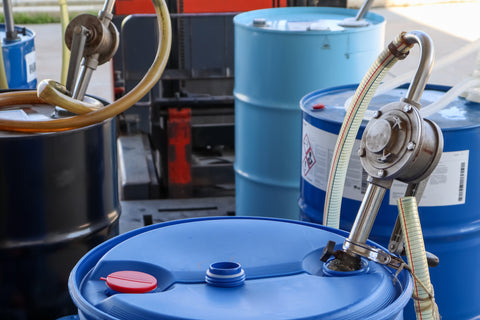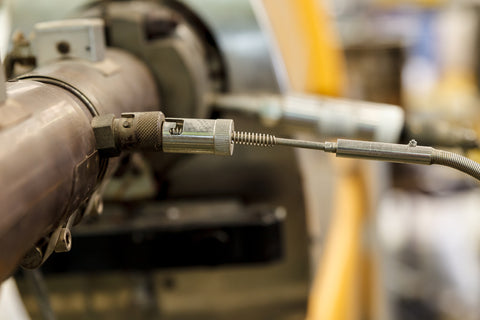Safe and Efficient Water Storage
Water is an essential resource for all living organisms. In emergency situations, a reliable source of clean water is critical for survival. Natural disasters, power outages, and other emergencies can disrupt the water supply, leaving people without access to safe drinking water. This is where water storage comes in, and the importance of having an emergency water supply cannot be overemphasized.
One cost-effective and convenient way to store water is by using 55-gallon drums. These drums are sturdy, portable, and easy to handle. In this guide, we will outline the steps to prepare, fill, and store 55-gallon drums for water storage.
Preparing the Container
Selecting the right container is an essential step in storing water safely. 55-gallon drums are a popular choice for water storage because they are durable, easily available, and can hold an adequate amount of water. It is essential to choose drums that are made from high-density polyethylene (HDPE) and food-grade plastic to ensure they are safe for storing drinking water.
After selecting the drum, the next step is to clean it thoroughly. It is essential to remove any dirt, debris, and chemicals that may be present in the drum. Begin by rinsing the drum with soap and water to eliminate any dirt or residue. Scrub the interior of the drum with a stiff brush, paying attention to corners and crevices, and rinse it to get rid of all the soap.

Once the drum is cleaned, it needs to be sanitized. The best way to sanitize a drum is by using a mixture of water and bleach. Mix eight drops of bleach per gallon of water and fill the drum with the bleach solution. Allow the solution to sit for at least 30 minutes before rinsing it thoroughly. Rinse the drum with clean water multiple times to ensure that all traces of bleach are eliminated.
By selecting the right drum, cleaning it thoroughly, and sanitizing it, you can ensure that the water you store in it will remain safe and clean for drinking.
Filling and Storing the Drums
Once you have selected and prepared your container, it's time to fill it with water and store it properly. Here are the steps to follow:
Using a water filtration system: It's important to filter the water before storing it in the drum. A water filtration system will remove impurities and contaminants, making the water safe for drinking. There are different types of water filtration systems available in the market, so choose one that suits your needs and budget.
Adding water preservatives: Adding water preservatives will help prevent the growth of bacteria and algae in the water, ensuring that it stays safe for a longer period of time. Follow the instructions on the water preservative package carefully, as different products may require different amounts for optimal effectiveness.

Filling the drum: Fill the drum with water, leaving about 2-3 inches of space at the top to allow for expansion. Use a hose or bucket to pour the water into the drum slowly, ensuring that it doesn't spill.
Sealing the drum: Once the drum is filled with water, it's important to seal it properly to prevent contamination. Use the bung caps that came with the drum or purchase new ones if needed. Tighten the caps securely to create an airtight seal.
Maintenance of the Drums
To ensure that your water supply remains safe and usable, it's important to perform regular maintenance on the drums. Here are some tips to keep in mind:
Inspecting and checking the drums: Regularly check the drums for any signs of damage, such as cracks or leaks. You should also check the water level and the condition of the water on a regular basis.
Rotating the water supply: It's a good idea to rotate your water supply every 6 months to ensure that it stays fresh. Simply empty the drum and refill it with fresh water, adding water preservatives and filtering it as necessary.
Replacing the water: If you notice any signs of contamination or if the water has been stored for longer than a year, it's best to replace it with fresh water.
Storing the drums: Store the drums in a cool, dry place away from direct sunlight, chemicals, and other potential contaminants. Make sure they are stored on a stable surface to avoid tipping or damage.
Concluding Thoughts: Safeguarding Your Emergency Drinking Water Supply in 55-Gallon Drums
In conclusion, having a reliable source of drinking water during emergencies is crucial for survival. Storing water in 55-gallon drums is a convenient and cost-effective way to ensure that you have access to clean drinking water that can last for months. However, it is important to follow safety guidelines and properly prepare, fill, store, and maintain the drums to ensure that the water remains safe to drink. Inspecting and checking the drums, rotating the water supply, and replacing the water regularly are all important maintenance tasks that should be carried out. By taking these steps, you can have peace of mind knowing that you and your loved ones are prepared for any emergency situation that may arise.







